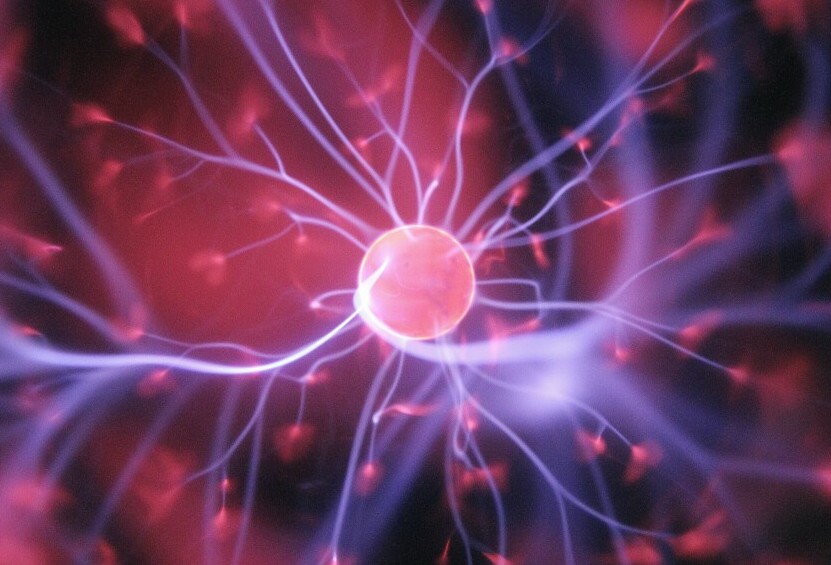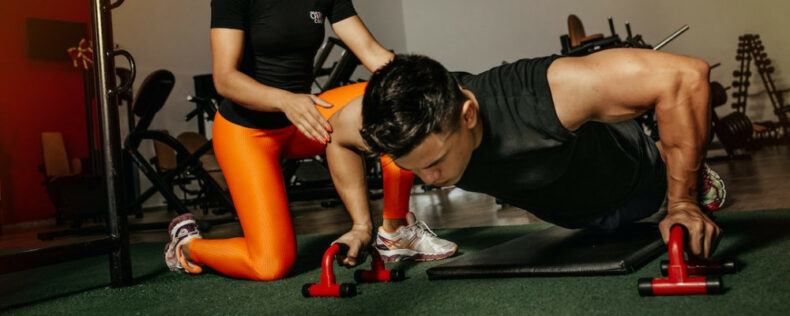Achieving “newbie gains” is one of the most fascinating things that happens when you start working out. Most people don’t really know what causes it, but at the same time, they’re usually happy to just reap the benefits without questioning it too much. Whether you’re already experiencing this, or you’re very confused as to what I’m talking about, I’ll have all the basics of newbie gains explained for you in this post.
Hopefully, after reading this, you’ll have a better understanding of what to expect during and after this once-in-a-lifetime phase in your fitness journey.
What Are Newbie Gains?
Newbie gains refers to the rapid growth in muscle and strength that happens early on when people with little to no prior experience in the gym begin working out consistently. Typically, they’ll start occurring within the first month of when you start training routinely.
During this time, you’ll find yourself quickly progressing with your exercises and ramping up the amount of weight you can lift. You may also notice visible changes in your physique pretty quickly; your chest and shoulders may appear broader, your arms may get bigger, and you may also experience some fat loss.
Why Do They Occur?

If you only work out every once in a while, although you’ll probably be sore the next day, your body will recover and simply move on, thinking that was just an aberration from your normal routine.
However, when you start going to the gym with regularity and your body senses that this is the new norm, your body will try to adapt and optimize itself to better handle these physically demanding conditions.
As a result, it becomes highly responsive to muscle stimulation as it tries to prioritize muscle development. When this happens, you’ll find yourself gaining muscle very quickly compared to a more experienced lifter whose body has already adjusted to a heightened level of muscle exertion.
How Long Do They Last?
Usually, when your body is in this phase, you’ll see the quickest progression within the first month or two. During this time, you may notice pretty apparent changes in your physique from week to week. I always say that you won’t be able to see progress from just looking at yourself in the mirror every day, but this is one of the few exceptions.
After that, although your rate of muscle growth will begin to slow down, you’ll continue to experience accelerated muscle development for quite a while. This can last for many months, even a year, and it’s not unusual for male beginners to come away from it all with 20-25 pounds of muscle and female beginners to achieve about half of that.
What Happens When They Go Away?
Unfortunately, all good things must come to an end, and that’s certainly the case with newbie gains.
The good thing is that as a result of your body’s adaptations, it’ll be primed for taking full advantage of the exercises you’re performing. You’ll be able to increase the intensity of your workouts to a more intermediate level, since your body will be capable of greater exertion with less risk of getting overworked and injured.
The downside, however, is that because your body is much more accustomed to working out all the time, it’s very unlikely that you’ll be able to shock it into that same kind of response that led to your newbie gains, no matter how quickly you try to escalate the intensity of your training.

So what can you expect from here? To begin with, you can anticipate a more reasonable rate of muscle growth, about 1-2 pounds per month at best, although this rate may continue to decline as you become more advanced. Essentially, it’ll become increasingly difficult to progress in the gym and improve your physique.
This is also when you really need to start paying close attention to what you’re doing. When you’re starting out, simply going to the gym and staying active can be enough to trigger muscle growth. However, as you gain more experience, your ability to continue building muscle will heavily depend on factors like what exercises you perform, how effectively you stimulate your muscles, and what you do during your recovery.
What Does This Mean for You?
The point of all this isn’t to say that once you’re past your newbie gains, your best days in weightlifting are behind you and it’ll be impossible to make further progress beyond that. That’s certainly not true.
Rather, it’s just to help you understand what your body might be going through and prepare you for what’s to come.
If it’s been a few months since you started working out, and you’ve been surprising yourself with how quickly you’ve been gaining muscle, relish in the moment but know that it won’t last forever. If you think you’re reaching your full muscle growth potential because you seem to be slowing down after a year in the gym, I can assure that you have plenty of muscle left to gain; it’s just going to happen a lot more gradually now that you’re no longer in this early period of rapid muscle growth.
It’s ironic and a bit unfortunate that you have the highest potential for muscle growth in the beginning when you have the least knowledge of what you’re doing and don’t know how to fully capitalize on it. In the end, though, if you just focus on building a good foundation and sticking to effective methods, like those that I describe in my posts How Long Does it Take to Build Muscle Mass? and The Right Workout Mindset for Building Muscle, you won’t need to rely on newbie gains to get the results you want.

